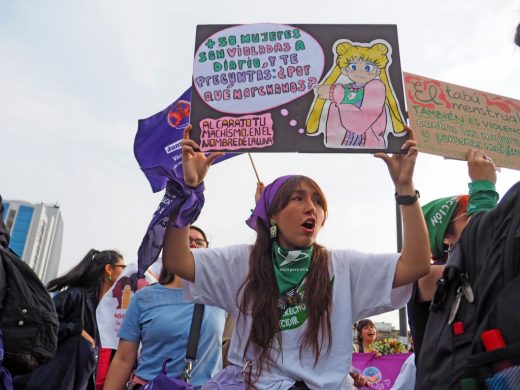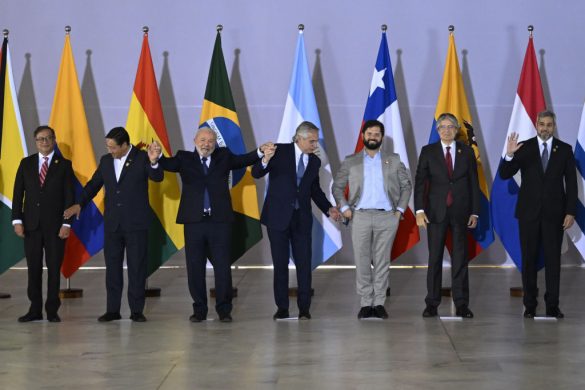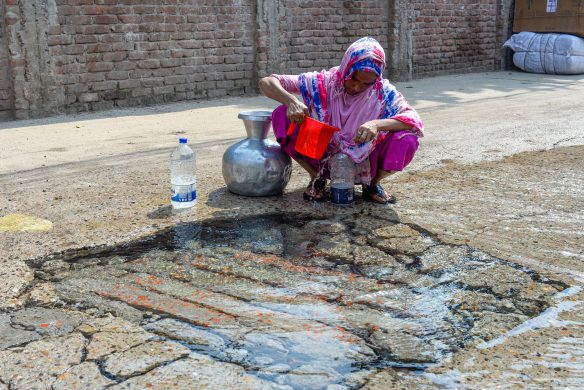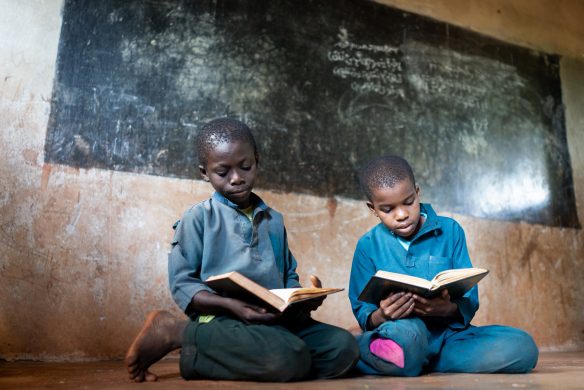BUENOS AIRES, November 21, 2018 (FAO): Poverty in the rural areas of Latin America and the Caribbean has increased for the first time in a decade, says a new FAO publication presented today during the Week of Agriculture and Food, in Buenos Aires.
The first edition of the Panorama of Rural Poverty in Latin America and the Caribbean warns of a historical reversal in the struggle to improve rural welfare in the region. Rural poverty grew by two million people between 2014 and 2016, reaching a total of 59 million.
From 1990 to 2014, rural poverty in the region had fallen by almost 20 percentage points, from 65 percent to 46 percent of the relevant population. But between 2014 and 2016, both poverty and extreme poverty increased by two percentage points each, reaching 48.6 percent and 22.5 percent, respectively.
The last time the region endured a setback of this magnitude was due to the effects of the 2008 international financial crisis.
“We cannot tolerate that one of every two rural inhabitants is poor, and one in five, indigent. Worse still, we have suffered a historical reversal, a break in the trend that makes it clear that we are leaving our rural areas behind”, said Julio Berdegué, Regional Representative of the Food and Agriculture Organization (FAO) of the United Nations.
Migration from rural areas linked to territories decimated by poverty and climatic vulnerability
A good part of involuntary migration in the region is driven by despair and originates from rural areas decimated by poverty, insecurity and environmental vulnerability, according to the Panorama of Rural Poverty.
The report indicates that the average annual labor income of a worker in Latin America’s rural sector was US$ 363 in 2015, less than half of the US$ 804 urban workers earned on average in the same year.
Most people who leave their territories of origin in Central America flee from from rural municipalities, including small towns and cities with less than 100 000 inhabitants. In Honduras, 76 percent of people who migrated from their territories come from 295 rural municipalities. In El Salvador, 70 percent come from 257 rural municipalities, while in Guatemala, 61 percent of the emigrants come from 325 rural municipalities.
“Irregular and insecure migration from the countryside is a social and politically priority. Its solution includes turning rural territories into prosperous and socially cohesive places,” Berdegué explained.
According to FAO, eliminating rural poverty is also key to tackling illegal activities such as illicit drug trafficking, human trafficking, illegal logging and mining, all of which have been gaining ground in the region, increasing insecurity in the region’s rural territories.
Rural areas suffer the harshest poverty
The Panorama of Rural Poverty states that despite the fact that only 18 percent of the region’s population lives in rural areas, they account for 29 percent of Latin America’s poor: a total of 59 million people. On top of that, 41 percent of the women and men who suffer extreme poverty in the region live in rural areas: 27 million people.
“The countryside and the rural areas are key for the economic growth of the countries, for the development of their exports and for the employment of millions. It is there that we find the roots of agro-industry -which drives scientific and technological innovation in the region- as well as thousands of family farmers that produce the majority of food for local consumption,” said Berdegué.
The FAO Panorama highlights that some countries have until recently been successful in improving rural welfare. Brazil’s rural poverty rate fell to 29 percent in 2014 from 71 percent in 1990; ,; Bolivia’s fell to 54 percent in 2013 from 79 percent in 1997; Chile’s fell to 7 percent from 39 percent in the same time frame. Colombia reduced its rate to 42 percent in 2014 from 61 percent in 1991, while from 2000 to 2015 Ecuador reduced its rate to 27 percent from 66 percent and Paraguay to 51 percent from 70 percent. Peru reduced its poverty rate from 73% to 46%, from 1997 to 2014.
Some territories are veritable “poverty traps”, even in high-income countries. Huge gaps remain between the development possibilities of urban and rural territories: diminishing by half the current gaps that young rural inhabitants face in terms of their access to basic infrastructure and education services when compared to urban youth would take –at the current speed– between 22 and 40 years in Peru, between 19 and 29 years in Mexico and between 17 and 41 years in Chile.
Without rural development there will be no sustainable development
A key target of Sustainable Development Goal (SDG) 1 calls for reducing by at least half the proportion of people living in poverty by the year 2030. Without major improvement to the trend over the past five years, that will be out of reach for several countries of the region.
“Without rural development there will be no sustainable development, since 132 of the 169 goals of the SDGs are intimately linked to rural development, and two out of ten goals can only be achieved in these areas,” Berdegué warned.
5 solutions for rural poverty
The FAO publication highlights five key measures to return to the path of poverty reduction. The first is the need to create efficient, inclusive and sustainable agricultural sectors. This can be achieved by strengthening investment in public goods, increasing access to land, rural services and information, as well as improved management of risks in the agricultural sector.
The second key aspect is to extend social protection programmes for the rural population, designing schemes that promote synergies with the productive and especially the agricultural sectors
A third fundamental factor is the sustainable management of natural resources. To this end, poverty reduction policies must be linked to environmental sustainability and promote the resilience of rural populations in the face of environmental and economic shocks.
The promotion of rural non-agricultural employment is the fourth measure highlighted by the Panorama: this requires fostering urban-rural linkages, private investment and the provision of basic infrastructure, the linking of agriculture with markets for goods and services, and the implementation of public programs in this area with its own budget and on a large scale.
Improving infrastructure is also essential for poverty-free rural areas: the FAO states that public investment in territorial assets should be increased and intensified, and infrastructure linked with associated public services.















